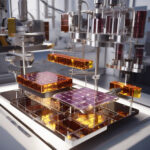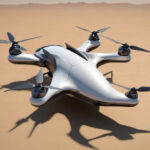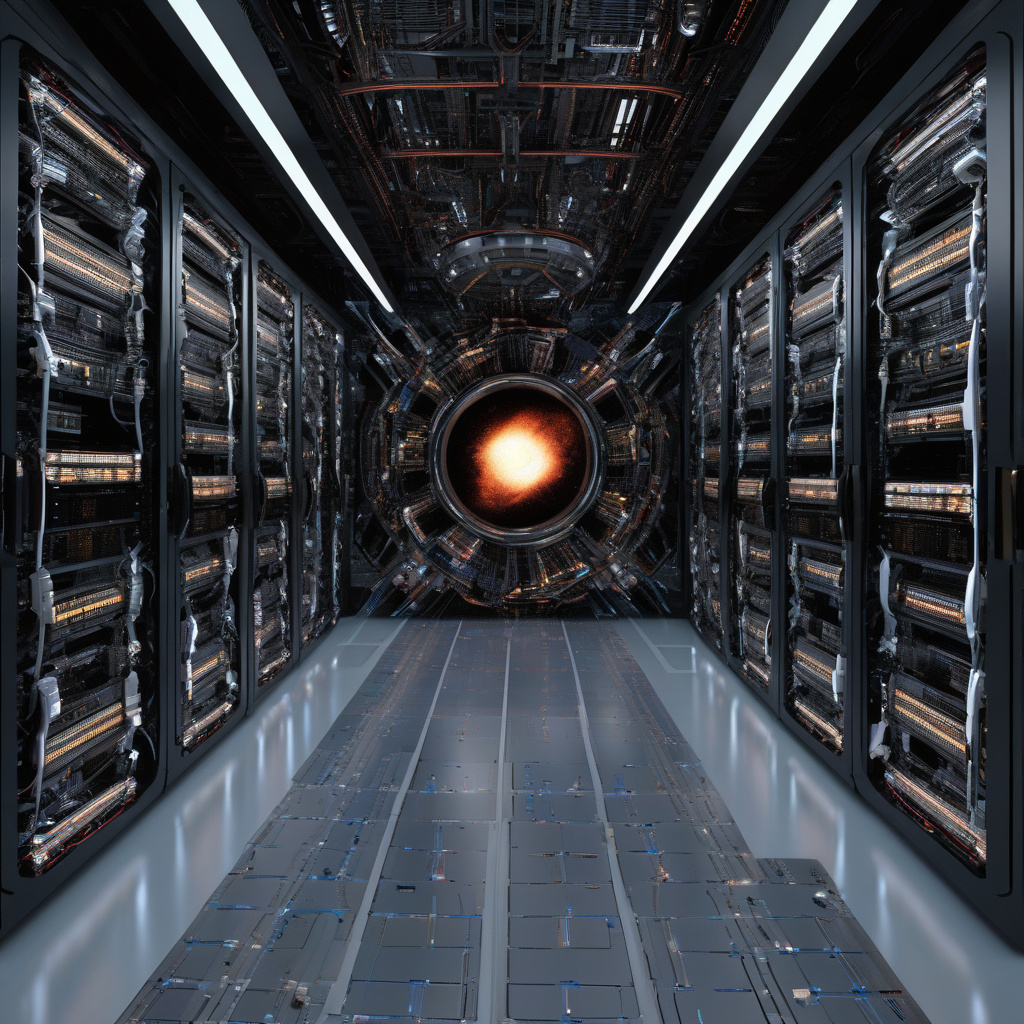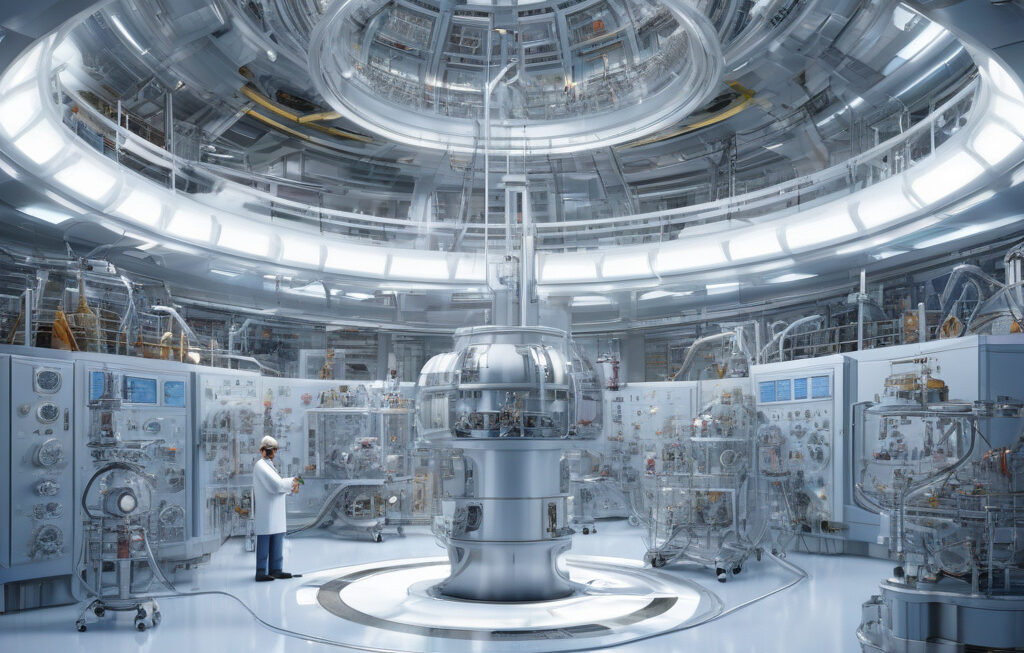World’s Fastest Supercomputer Models Extreme Physics Events in Unprecedented Detail
El Capitan, the fastest supercomputer in the world, can now simulate extreme events like shock waves, turbulence, and material fracturing with unprecedented detail and accuracy. With its groundbreaking capabilities, El Capitan is revolutionizing the field of physics simulation and opening up new possibilities for scientific research and technological advancements.
One of the most remarkable features of El Capitan is its incredible processing power, which enables it to perform over 2 exaflops, or two quintillion calculations per second. This immense computational capacity allows El Capitan to tackle complex physics problems that were previously deemed impossible to simulate accurately.
For example, researchers can now use El Capitan to model shock waves in supersonic aircraft, explosions in chemical reactors, and even the behavior of materials under extreme pressure and temperature conditions. By running these simulations, scientists can gain valuable insights into the fundamental laws of physics governing these phenomena and develop innovative solutions for real-world applications.
In addition to its sheer speed, El Capitan also boasts advanced AI capabilities that enhance its performance and efficiency. By leveraging machine learning algorithms, the supercomputer can optimize its simulations in real time, enabling researchers to achieve more accurate results in a fraction of the time compared to traditional methods.
The impact of El Capitan’s capabilities extends far beyond the realm of scientific research. Industries such as aerospace, automotive, energy, and defense can all benefit from the insights generated by the supercomputer’s simulations. For instance, engineers can use the data provided by El Capitan to design more efficient aircraft, develop safer nuclear reactors, and improve the performance of renewable energy technologies.
Moreover, El Capitan’s ability to model extreme physics events in unprecedented detail opens up new possibilities for innovation and discovery. By pushing the boundaries of what is computationally possible, researchers can explore uncharted territories of science and technology, paving the way for groundbreaking advancements in the future.
As we look ahead, the potential of supercomputers like El Capitan to accelerate progress in physics simulation is truly exciting. By harnessing the power of these cutting-edge machines, scientists and engineers can unlock new insights into the natural world, drive innovation across industries, and address some of the most pressing challenges facing our society today.
In conclusion, El Capitan represents a major milestone in the field of supercomputing, pushing the boundaries of what is possible in physics simulation. With its unprecedented speed, accuracy, and AI capabilities, this remarkable machine is poised to revolutionize scientific research, spur technological innovation, and shape the future of our world in ways we have yet to imagine.
supercomputer, physics, simulation, innovation, technology











